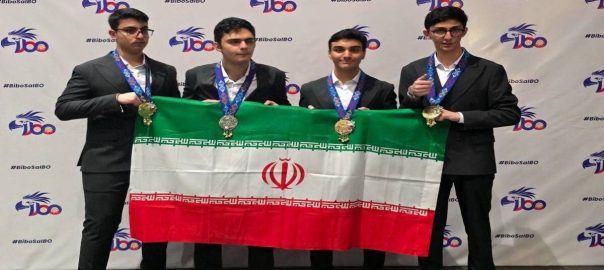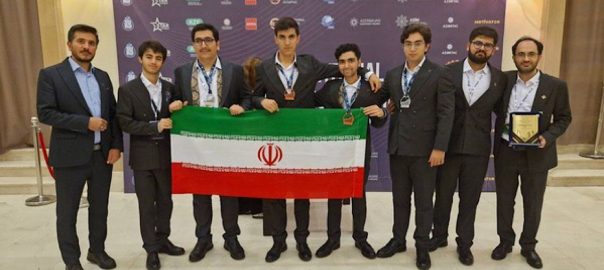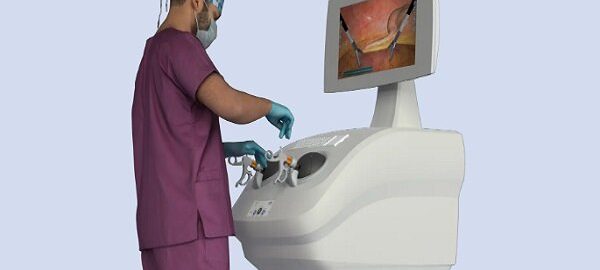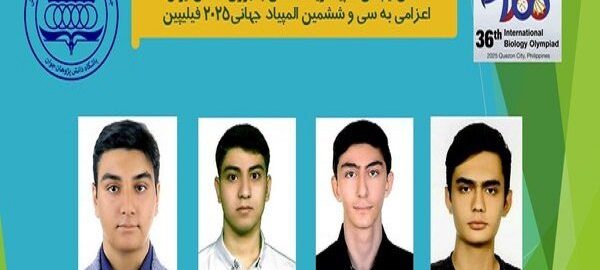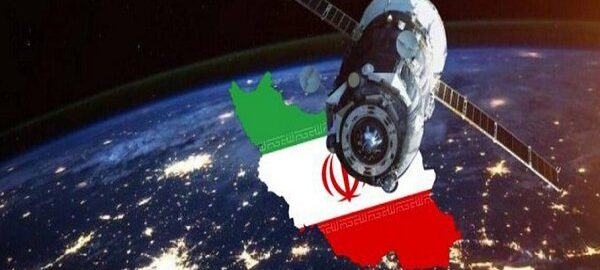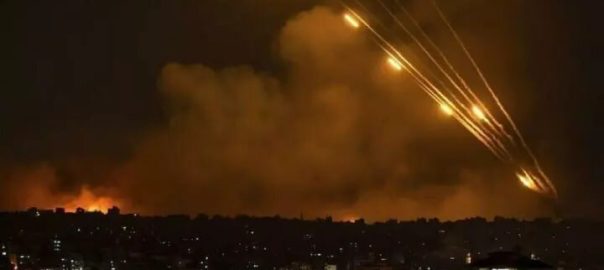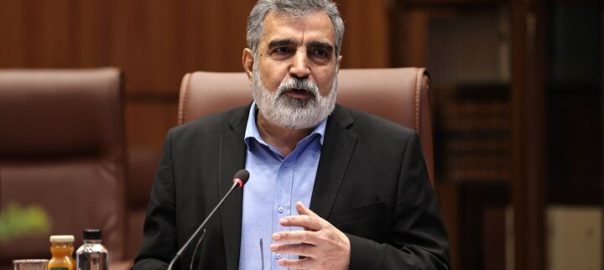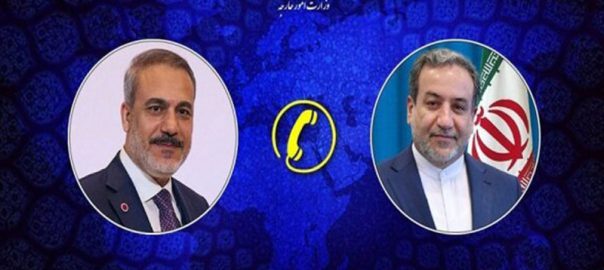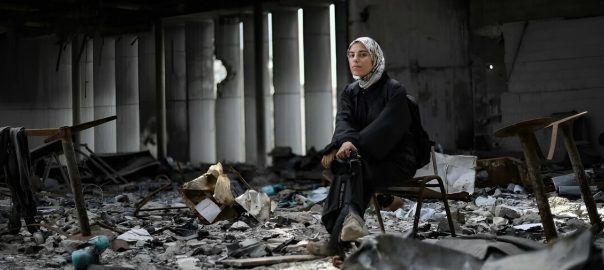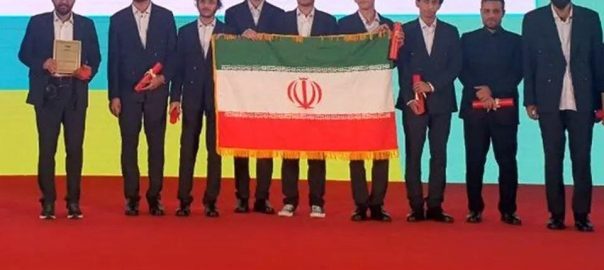Four Iranian students clinched three gold medals and a silver medal at the 36th International Biology Olympiad (IBO 2025), ranking second among 81 countries, up from third in 2024.
Siavash Pezeshpour, Ali Soleimanzadeh Kalahroudi, and Ali-Akbar Nourollahi won the gold medals, while Radin Bayani secured the silver medal at the competition which was held from July 19 to 27 in Quezon City, Philippines, PANA reported.
IBO is the world’s premier biology competition for secondary school students. This year, the competition brought together 81 delegations from 81 countries and territories (including 3 observer delegations), and a total of 298 contestants, who competed in a series of theoretical and practical examinations in the field of biology.
The Theoretical Exams of the IBO test the competitors’ understanding, processing, and application of biological knowledge. There are two exams, each with a duration of three hours.
The Practical Exams of the IBO consist of tasks that evaluate the competitors’ ability to solve biological problems using skills and methods commonly used in biological laboratories. There are four exams, each with a duration of one (1) hour and 30 minutes.
The 35th edition of IBO had been held in Astana, Kazakhstan, from July 7 to 14, 2024. Iranian students succeeded in winning two gold medals and two silver medals.
Recent achievements
Five Iranian students secured silver medals at the 55th International Physics Olympiad, ranking 11th globally.
Held from July 18 to 24 in Paris, the IPhO 2025 brought together 440 candidates from over 90 countries.
Mohammad-Hassan Sadeqinejad Simaki, Arya Zarabi, Ilya Qashaee, Mohammah-Hassan Golabdar, and Milad Mohammadi won silver medals, IRIB reported.
The primary goal of IPHO is to examine, to the highest level, the knowledge, analytical skills, critical thinking, and problem-solving skills in theoretical and experimental physics.
Two five-hour tests, drawn up by the host country and amended by the leaders of the teams involved, are open to candidates competing individually. The first is experimental, using equipment supplied to the candidates. The second is theoretical, focusing on phenomena and their modeling.
The 54th edition of the IPhO was hosted by Isfahan University of Technology, Iran. Iranian students who attended the 54th IPhO managed to win a gold medal and four silver medals.
Iran grabbed two gold medals, three silver medals, and a bronze medal at the 66th International Mathematical Olympiad (IMO 2025), held from July 10-20 in Australia.
Hosted by the Australian Maths Trust, the event attracted more than 600 high school students from 112 countries.
The competition represents the culmination of many years of mathematical endeavour and hundreds of attempts at solving problems.
Bardia Khosh-Eqbal and Mehdi Aqajanloo grabbed gold medals, Mohammad-Reza Attaranzadeh, Mohammad-Sajad Memari, and Amir-Hossein Zarei secured silver medals, while Parsa Tajallaei won a bronze.
The IMO is the largest and most prestigious of all the international Olympiads, having grown from seven countries to over a hundred each year. IMO brings the brightest young minds from around the world and represents the culmination of many years of mathematical endeavour and hundreds of attempts at solving problems. Australia has participated since 1981 and has hosted only once before (Canberra, 1988).
The team had ranked second in the 3rd International Mathematics Summer Camp (IMSC) held in Beijing, China, from June 20 to July 12, 2025.
Bardia Khosh-Eqbal grabbed a gold medal, Mehdi Aqajanloo, Parsa Tajallaei, Mohammad-Reza Attaranzadeh, and Mohammad-Sajad Memari won silver medals, and Amir-Hossein Zarei won a bronze medal, IRIB reported.
It was a three-week training program designed to strengthen students’ problem-solving skills in elementary mathematical fields, including algebra, geometry, number theory, combinatorics, and to enrich their analytic thinking, fostering a passion for math.
IMSC 2025 brought together over 300 people, including students and lecturers, from 32 countries such as Belarus, Belgium, Cameroon, Germany, Iran, Kazakhstan, Kyrgyzstan, Turkmenistan, the United States, Romania, Poland, and Uzbekistan.
The 65th IMO was held from July 11 to 22, 2024, in Bath, United Kingdom. Some 108 countries and 609 students competed. The Iranian team scored 137 points, earning 19th place.
Attending the second International Mathematics Olympiad for high school students in Turkmenistan, Iranian students managed to win seven bronze medals.
Hosted by Ashgabat Specialised General Education School, the event was held from April 21 to 26.
More than 230 talented students from 15 countries, including Russia, Belarus, Uzbekistan, Tajikistan, Iran, Armenia, Bulgaria, Nepal, China, Turkey, Saudi Arabia, Pakistan, Vietnam, Qatar, and Turkmenistan, took part in the competition.
Thirty-one students from North Khorasan represented Iran in the second Olympiad. Mohammad-Javad Kamali Kalati, Arya Mohammadi Razi, Mahsa Abron, Sajjad Azizi, Mahyar Forooghifar, Yalda Mesrzadeh, and Setayesh Rahimi won bronze medals, Tasnim news agency reported.
Iranian students won two silver and two bronze medals, ranking fourth at the Turkic International Mathematics Olympiad (TIMO) held from April 17 to 22, in Antalya.
TIMO is an international event that is open to students from grades 3 to 12. The competition is held in two rounds, including the preliminary and global rounds.
In the preliminary round, over 27,350 students from 35 countries competed against each other online in December. The offline qualifying exam had 25 multiple-choice questions, administered for 60 minutes.
In the Global round, which was held paper-based, 1,500 selected participants attended the event.
Parnian Heydarian and Anusha Abdi grabbed silver medals and won the World Star Awards, while Fatemeh Mazini and Ava Dejagah won bronze medals.
T.T/

